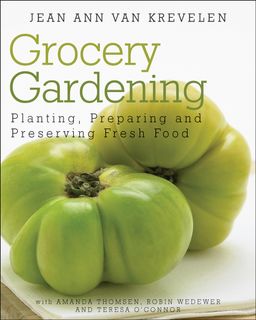There may be a snow storm or two, but Raleigh, N.C. (Zone 7B) enjoys more moderate winters than the first three locations featured in this Favorite Winter Plants series. In fact, you can pretty much garden all winter long, reports garden writer and coach Helen Yoest. And she should know. Helen not only owns Gardening With Confidence, she also serves on the board of advisors for JC Raulston Arboretum.
"I planted Helen's Haven with winter interest in mind," she says about her own garden and wildlife habitat. "During the coldest, darkest days, when I need it the most, I have plants bringing me scent, color, form and texture."
One example is coral bark maple (Acer palmatum 'Sango-kaku'), shown above. The tree offers fabulous fall color as well as orangey new leaves that turn green in summer. But Helen grows the tree for its winter beauty. "In winter, the bark color is more pronounced, especially on the new branches," she reports. "The coral color will dazzle you."
Not far from the maple is winter daphne (Daphne), shown above. "A winter daphne may up-and-die on you, but the scent in the middle of winter is worth the risk," admits Helen. "I have two at the front entrance. One for now and one for when one dies. The wildlife appreciate the pollen and evergreen cover as well."
Speaking of critters, they love to feast on the berries of deciduous holly (Ilex 'Winter Red). "For the wildlife, the color red says GO!," she says. "The deciduous nature of this shrub bodes well to show off the striking holly berries."
This holly does need a male holly plant as a pollinator, and 'Southern Gentlemen' works well, according to Helen, who adds with a laugh, "But of course, can't we all benefit from a southern gentleman?"
Another plant Helen can't live without is southern magnolia (Magnolia grandiflora). "We have one on the south side of the house," she says. "It shades our home from the hot summer sun. And their May and June blooms look and smell heavenly. But for the winter, nothing beats the glossy evergreen cover this magnificent tree offers. There is a lot of chirping going on in that tree during the winter and all seasons."
As Helen successfully shows, there are many ways to use plants in the winter garden ... from feeding wildlife to adding visual interest to your landscape.
Learn more:
Don't Go Away. Our final stop is Western Washington, where the winters are wet and cold, but the planting options are hot hot hot.












These are just great. Thanks for coming up with this series.~~Dee
ReplyDeleteThanks, Dee. I'm so pleased you are finding these stories helpful. Congratulations to you for being among Horticulture Magazine's Top 20 blogs!!! It's a well-deserved honor. Teresa
ReplyDelete